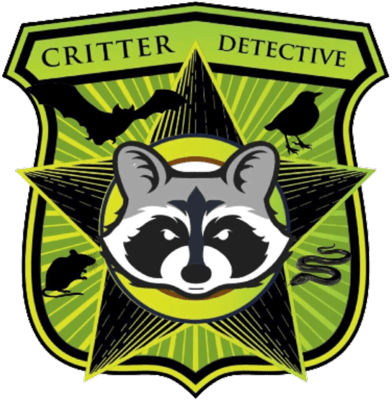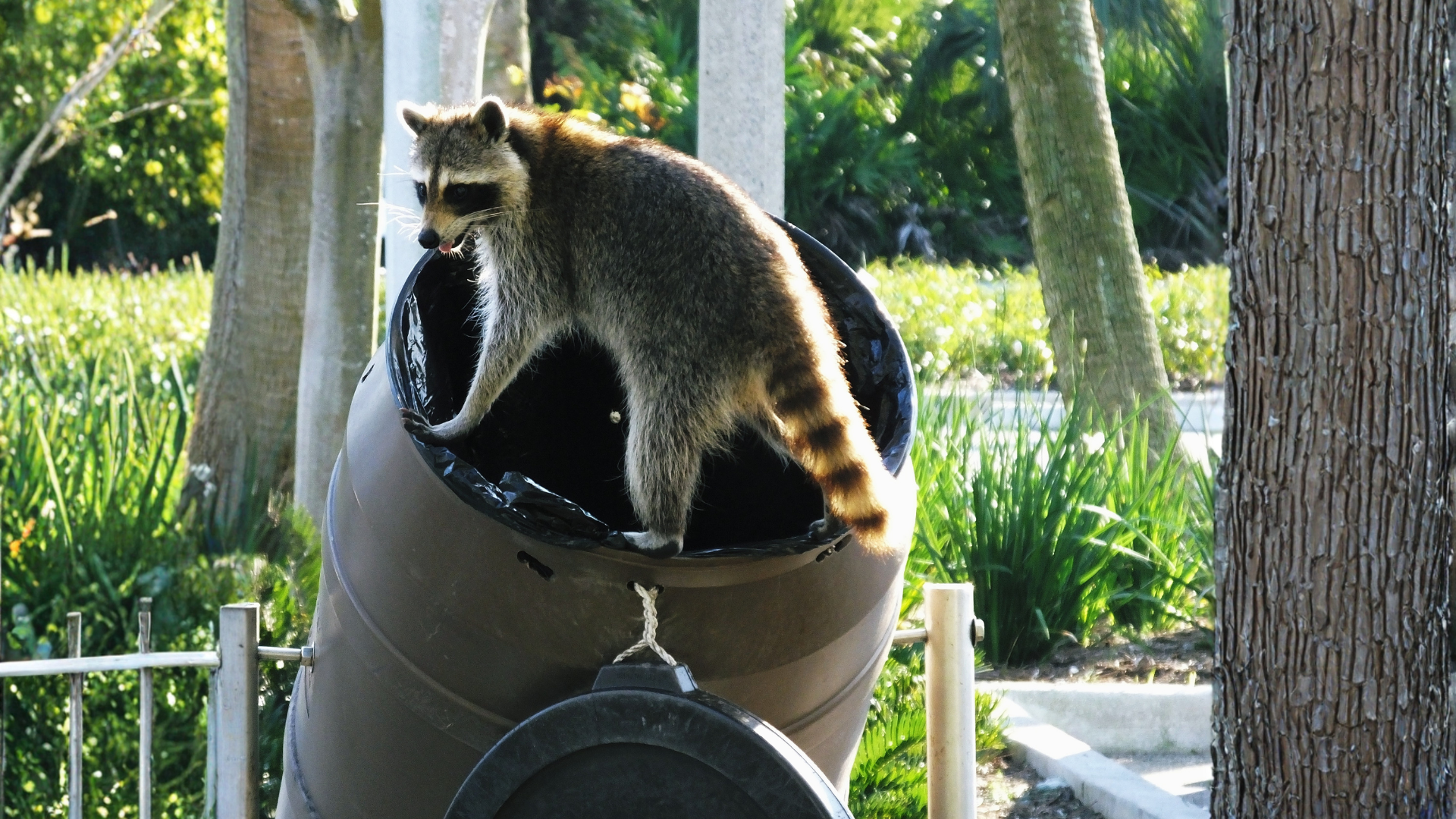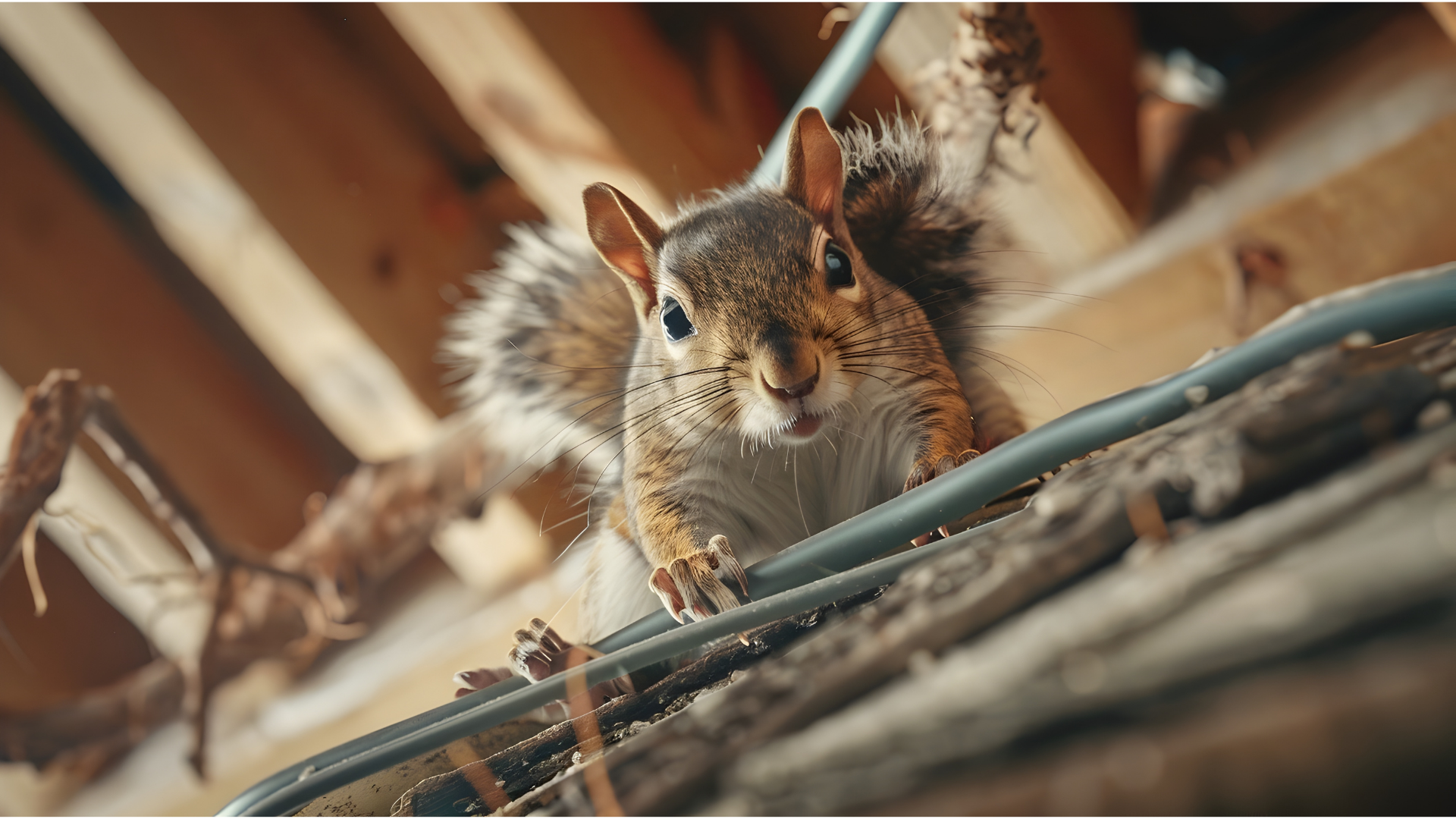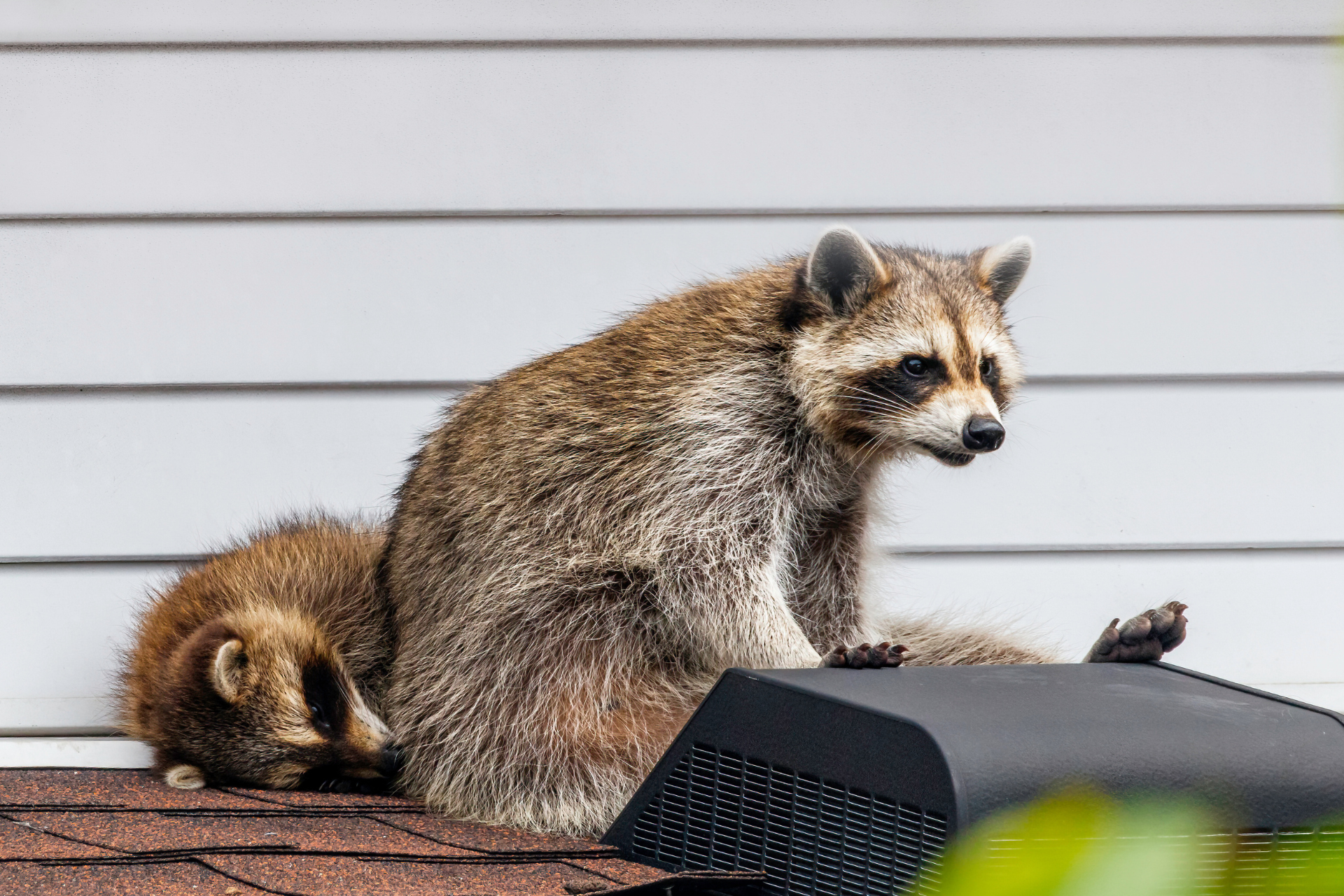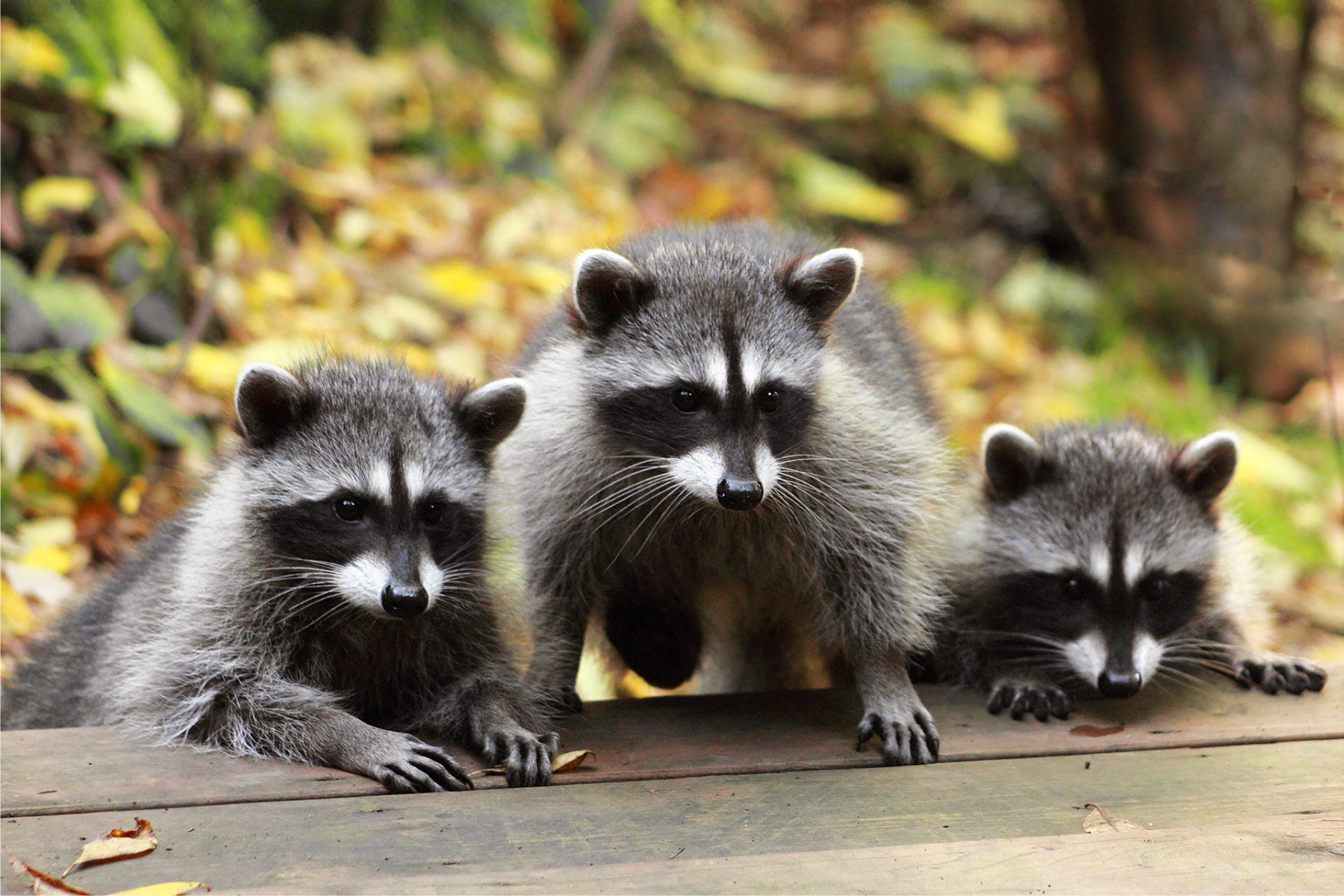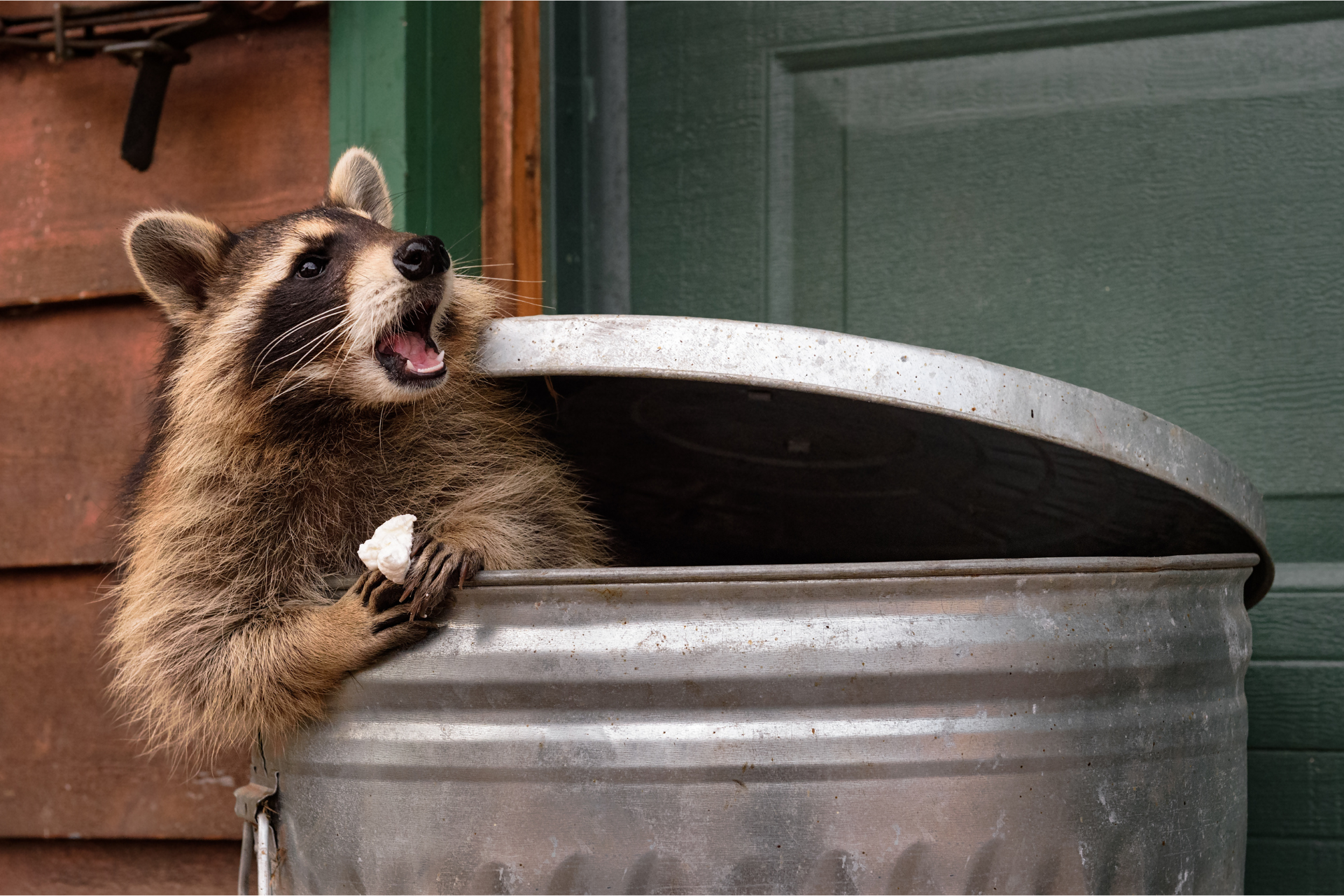Landscape Design And Wildlife Intrusions
How Wildlife Uses Landscaping Features To Enter Homes
When people plan out their dream yard, the focus tends to rest on aesthetics and function, whether that's shade from tall trees, crisp lines from a new fence, or decorative touches like mulch beds or stone retaining walls. Yet what’s often overlooked is how these very features can attract or assist wildlife in ways that aren’t exactly welcome. Landscapes shape the way animals move, hunt, and shelter. Every slope, ledge, and textured surface sends subtle signals that can turn an ordinary backyard into a comfortable habitat or a perfect access route.
Wild animals don’t see fences or walls the same way people do. A sleek wooden fence might seem like a solid barrier, but to a raccoon, it’s a climbing opportunity. Mulch beds, decorative rocks, and tree roots can double as footholds, ramps, or even tunnels that lead straight toward a foundation or attic entry point. Animals read these cues with a kind of instinctive intelligence that homeowners often underestimate.
What starts as an attractive landscape can gradually evolve into an unintentional network of animal pathways. From squirrels seeking high vantage points to opossums following shaded routes under shrubbery, the smallest details of outdoor design can have big effects on wildlife behavior.
Trees And The Bridge Effect
Few things make a yard feel more natural and inviting than a full canopy of trees. They frame the home, cool the air, and give structure to the landscape. But trees, especially mature ones that are close to roofs or power lines, can also serve as bridges. Limbs that stretch close to eaves or upper windows act as direct routes for animals that climb with ease. Squirrels, raccoons, and even certain bird species exploit these natural “bridges” to explore higher ground, often venturing into attics or nesting under roof tiles.
The roots can cause their own kind of problem, too. Animals that burrow, like chipmunks or moles, use the loosened soil around root systems as entry points into deeper ground. Even decaying stumps create sheltered hollows that small mammals or snakes can occupy. Pruning and thoughtful tree placement make a significant difference in whether trees function as decorative assets or as access points into structures.
The canopy’s shade also changes ground temperature and moisture. That might seem trivial, but it influences which insects thrive, which then affects what animals are drawn to the space. Shade-loving grubs and beetles, for instance, bring in foraging creatures that follow the scent trail straight into landscaped zones near the home.
Fences, Mulch Beds, And The Pathway Problem
Fences are one of the most common features people rely on for privacy and boundary control, yet they’re surprisingly easy for wildlife to manipulate. Many species are gifted climbers or diggers, and a fence line gives them guidance more than obstruction. Small gaps at the base, shifts in soil, or even decorative latticework can turn a simple divider into a perfect passageway. Once one animal learns that route, scent trails reinforce the pattern for others.
Mulch beds present a subtler issue. They’re great for holding moisture and suppressing weeds, but they also hold heat in winter and stay damp in summer, which are conditions that greatly appeal to insects and worms. Those food sources, in turn, attract animals like skunks, armadillos, and raccoons. Layered mulch also creates a soft surface ideal for digging and nesting. When those beds run close to a structure, it’s an easy step from the flower border to the crawl space or vents.
The arrangement of garden borders, decorative edging, and raised beds can unintentionally outline a kind of trail system. Animals follow these lines the way people follow sidewalks. Even the scent of certain organic mulches can attract rodents, which use them as hiding spots from predators. Without realizing it, homeowners may create a guided corridor leading directly to the home’s most vulnerable spots.
Retaining Walls And The Ramp Effect
Retaining walls add structure and beauty to sloped landscapes, but they also mimic the layered formations animals encounter in the wild. Each ledge provides a foothold or resting spot. When stacked stones or blocks are used, small gaps appear between them. These openings are ideal hideaways for lizards, frogs, or even rodents. Over time, soil erosion around the base can deepen these gaps, creating an interconnected tunnel system beneath the wall.
To a raccoon or opossum, a retaining wall isn’t just a barrier, it’s also an incline. A gradual slope built into a terraced yard gives easy access to decks, porches, or vents that would otherwise be hard to reach. Add a little vegetation for cover, and it becomes a stealthy approach path. Even snakes appreciate the warmth retained in sunlit stone and may use it as both a basking site and hunting ground.
Because these walls often sit close to the home’s foundation, animal activity here can go unnoticed until damage appears. Soil displacement, droppings, or scratching noises behind masonry are all potential signs of intrusion. Preventing this kind of access requires more than sealing gaps. It also involves understanding the terrain as animals perceive it.
A Landscape That Works With, Not Against, Nature
Designing a beautiful yard doesn’t have to mean giving up on wildlife management. The key lies in anticipating how animals interpret space. A tree limb that’s ten feet from the roof might not seem like much, but it can become an expressway for a curious squirrel. A fence without a proper base barrier invites digging. Mulch placed too thickly near vents or walls can disguise entry holes.
Landscape features don’t just decorate property, they can also unknowingly suggest routes, resources, and shelter. Small adjustments, such as trimming overhanging branches or spacing retaining wall blocks differently, can redirect that message. The goal isn’t to eliminate wildlife from the environment but to design spaces that discourage them from taking up residence where they shouldn’t.
Wildlife intrusion is often more about convenience than aggression. When food, cover, and access line up perfectly, animals move in. By breaking that pattern through careful design, property owners reduce the attraction factor. Over time, the difference between a peaceful yard and a recurring intrusion problem can come down to subtle architectural choices.
Keeping Your Landscape Beautiful And Balanced
At Critter Detective, our team understands how even the most well-intentioned landscape designs can attract wildlife. We’ve seen how fences, mulch beds, trees, and retaining walls unintentionally turn into gateways for animals searching for food or shelter. Our specialists look at properties the way wildlife does. They are trained to analyze access points, terrain, and structure layout. They will then use that information to develop strategies that restore balance between design and habitat.
If your yard has begun showing signs of unwanted animal activity, it’s time to take action before minor disturbances become expensive repairs. Don't hesitate to
contact us today to schedule an inspection and learn how to adapt your landscape without losing its charm. We’re ready to help you protect your property, your peace of mind, and the beauty of the outdoor spaces you’ve worked so hard to create.
